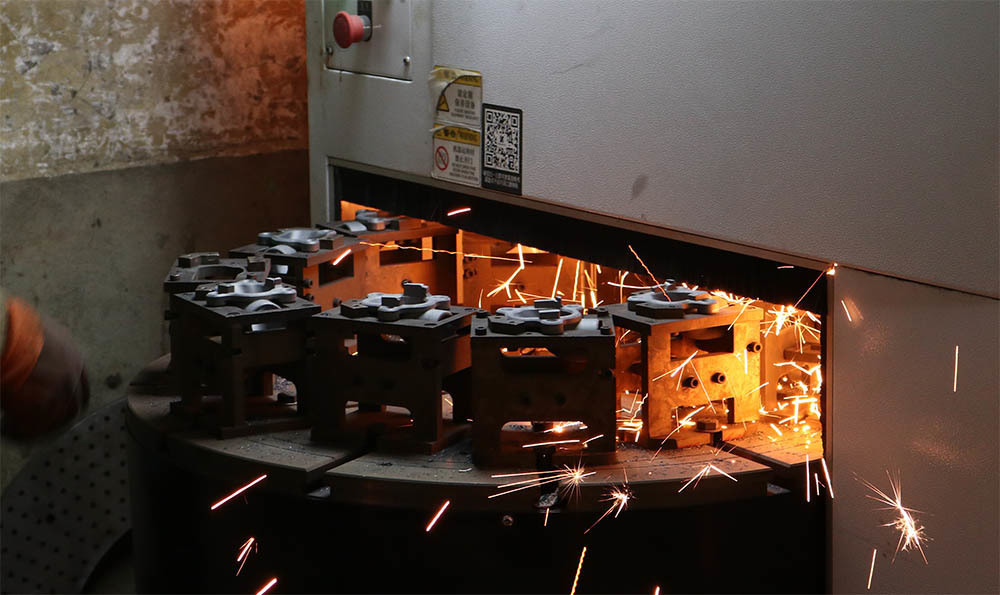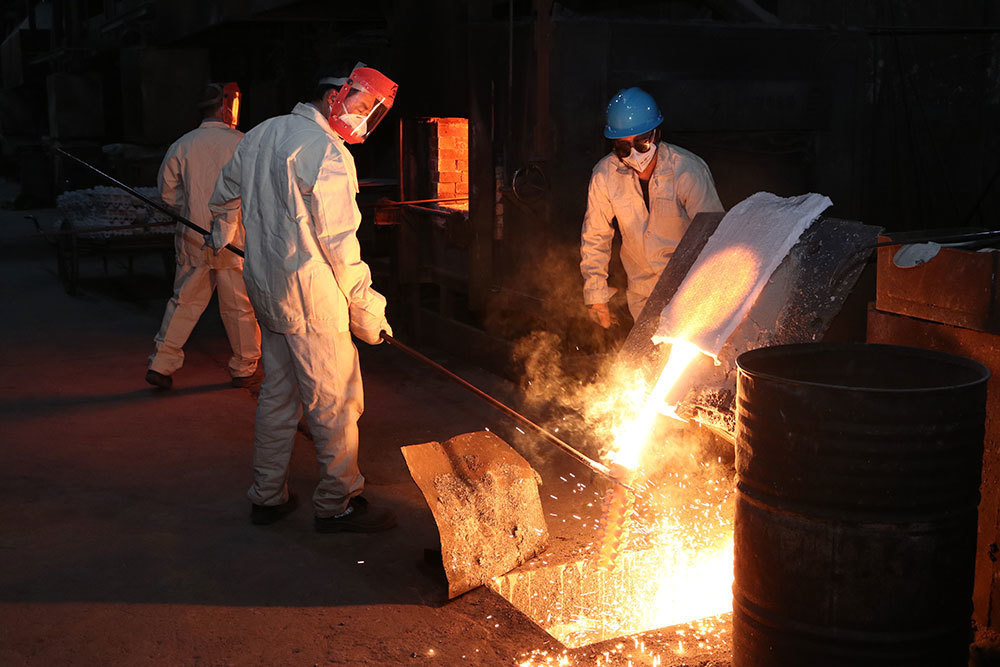2025-10-25
Navigating Common Questions About Automotive Parts Die Casting Services
Understanding Automotive Parts Die Casting Services
So, you're diving into the world of automotive parts die casting service? Great choice! This process is essential for creating durable and precise automotive components. But let's face it, you probably have a million questions swirling in your mind. Fear not, as we tackle some of the most common queries regarding this intriguing manufacturing service!
What is Die Casting?
First things first, die casting is a method used to produce metal parts by forcing molten metal into a mold cavity. Think of it like making a cake in a fancy pan. Just like the cake takes the shape of the pan, molten metal takes the shape of the mold. It's a time-tested technique, particularly popular in the automotive industry for its ability to produce complex shapes with incredible precision.
Why Choose Die Casting for Automotive Parts?
Now, you might wonder, why go for die casting when there are so many other manufacturing methods out there? Well, let me tell you! Die casting offers a slew of benefits:
- High Precision: Parts are made to exact specifications.
- Durability: Die-cast components are robust and long-lasting.
- Cost-Effectiveness: Especially for large production runs, it can save both time and money.
- Complex Shapes: It allows for intricate designs that other methods may struggle with.
In short, if you're looking for efficiency without sacrificing quality, automotive parts die casting service is the way to go!
What Materials Are Used?
When it comes to materials, aluminum and zinc are the heavy hitters in die casting. Aluminum is favored for its lightweight and corrosion-resistant properties, while zinc is valued for its strength and ability to be cast in thin sections. Manufacturers often choose based on the specific needs of the automotive component being produced.
How Does the Process Work?
If you're a visual learner, let's break it down step-by-step:
- Design Phase: Engineers create a 3D model of the desired part.
- Mold Creation: A mold is crafted, typically from steel or iron.
- Melting Metal: The chosen metal is heated until it becomes molten.
- Injection: The molten metal is injected into the mold under high pressure.
- Cooling: The metal cools and solidifies, forming the part.
- Finishing: The part is removed from the mold, and any necessary finishing touches are applied.
And just like that, you've got yourself a shiny new automotive part!
What Are the Common Applications?
Automotive parts die casting service is widely used for various components, including:
- Engine blocks
- Transmission housings
- Brackets and supports
- Gearboxes
These applications showcase the versatility and essential nature of die casting in modern vehicles.
Are There Any Limitations?
Of course, nothing's perfect! While die casting is fantastic, it does come with some limitations:
- Initial Cost: The molds can be expensive to create.
- Material Limitations: Not every metal is suitable for die casting.
- Part Size: There are size constraints; larger parts may not be practical.
Keep these factors in mind when considering your options!
Wrapping It Up!
In a nutshell, automotive parts die casting services are a reliable and efficient way to produce high-quality, durable components for the automotive industry. Whether you're a manufacturer or a curious enthusiast, understanding the ins and outs of this process can help you make informed decisions. So, what are you waiting for? Dive into the world of die casting!









